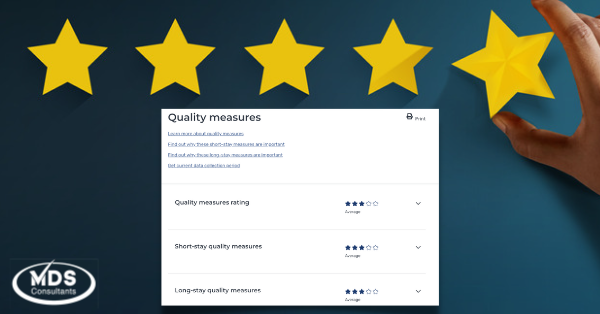Just 1 NTA point can have an average worth of anywhere from $18 to $55 per day. (difference of NE-NF and NA-NB).
The SNF QRP quality initiative is a pay-for-reporting program. SNFs that do not meet reporting requirements will be subject to a two-percentage (2%) reduction in their annual update. CMS is proposing to adopt two new measures and update the specifications for another measure.
- Healthcare-Associated Infections (HAI) Requiring Hospitalization Measure – This measure uses Medicare fee-for-service (FFS) claims data to estimate the rate of HAIs that are acquired during SNF care and result in hospitalization. Examples include sepsis, urinary tract infection, and pneumonia. The SNF HAI measure will be added to the QRP beginning FY 2023.
- COVID-19 Vaccination Coverage among Healthcare Personnel (HCP) Measure – This measure would require SNFs to report on COVID-19 HCP vaccination to assess whether SNFs are taking steps to limit the spread of COVID-19 among their HCP, reduce the risk of transmission within their facilities and help sustain the ability of SNFs to continue serving their communities throughout the COVID-19 PHE and beyond. Vaccination data reported to the Centers for Disease Control and Prevention National Healthcare Safety Network will be used beginning October 1, 2021.
- Update to Transfer of Health (TOH) Information to the Patient-PAC Quality Measure – CMS is proposing to update the denominator for this quality measure. Currently, the measure denominators for both the TOH Information to the Patient-PAC and the TOH Information to the Provider-PAC measures include patients discharged home under the care of an organized home health service organization or hospice. To avoid counting the patient in both TOH measures, CMS is proposing to remove this location from the definition of the denominator for the TOH Information Patient-PAC measure. CMS is expected to implement this quality measure two years after the end of the PHE.
FUTURE CHANGES
In addition to proposed quality measures, CMS is seeking two Requests for Information (RFI). A request for information is issued for Closing the Health Equity Gap and Fast Healthcare Interoperability Resources (FHIR) in support of Digital Quality Measurement in the Quality Reporting Programs.
According to the CMS, “With this RFI, we are also seeking comment on the possibility of expanding measure development, and the collection of other SPADEs that address gaps in health equity in the SNF QRP.” Providers can expect QMs in these domains in the coming years under the QRP.
